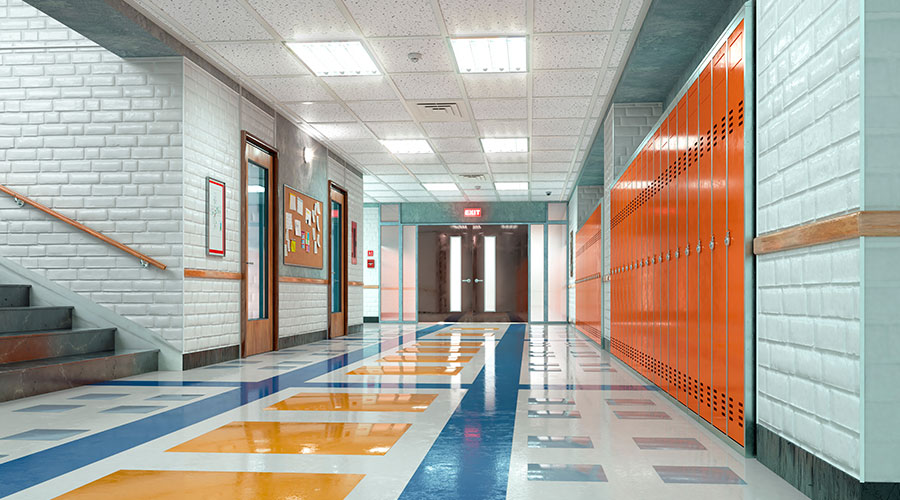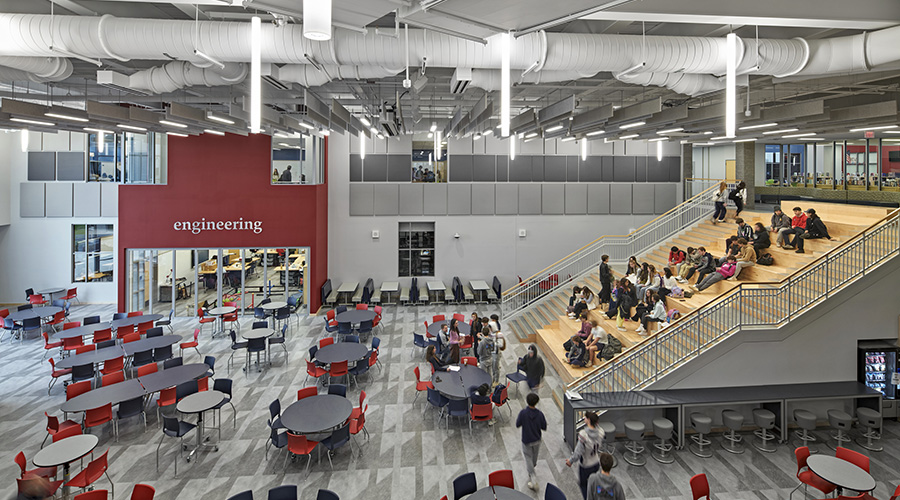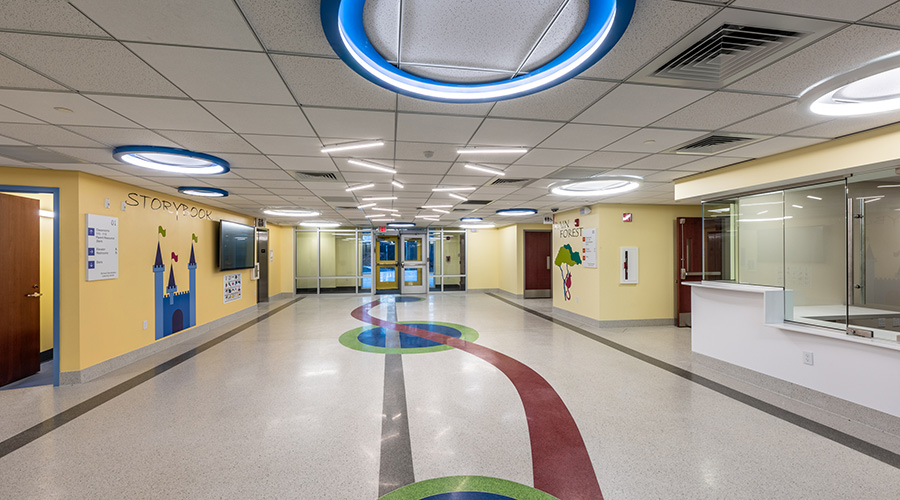Spotlight: The Education-Facilities Link
What have tough economic times done to the nation’s K-12 public schools? And just as importantly, how does the resulting condition of school buildings affect education? These questions are the focus of three recent reports that might offer maintenance managers support in efforts to keep pace with needed facility repairs.
First, a survey released in July found that more than one-half of school business officials report reducing their building maintenance budgets because of the rising cost of health insurance. The online survey by the Association of School Business Officials International (ASBO), based on responses from 650 members, “highlight a financial crisis affecting already hard-hit school systems struggling to meet, along with other existing fiscal pressures, new federal accountability requirements under the No Child Left Behind Act.” For more, visit ASBO, International.
What impact do such problems have on school buildings? If the results of a study of schools in New Jersey is any indication, the impact is large and detrimental.
The survey of school principals conducted by the State University of New York at Stony Brook, was released in May and found that:
-
One-third of principals assigned a grade of C or below to the overall condition of their schools, and 10 percent assigned grades of D or F.
-
Principals view their training in facility management as less than adequate than their training for other activities that define their jobs.
-
Many principals believe their schools are less than adequate for recruiting and retaining teachers and did not provide adequate space for teacher and staff planning activities.
For more information, visit 21st Century School Fund (21CSF).
That report’s final finding reinforces something maintenance and engineering managers have understood for years — that facility conditions are directly linked to the learning process — and reflects the findings of a February 2004 report, The Effects of School Facility Quality on Teacher Retention in Urban School Districts.
According to the report’s authors, “the benefits of facility improvement for retention can be equal to or even greater than those from pay increases. Furthermore, a major facilities improvement is likely to be a one-time expense, last for many years, and have supplemental source of state or federal funding available.
“It could thus be [a] more cost-effective teacher retention strategy than a permanent salary increase for teachers in the medium to long term. Indeed the limited research on facilities and retention in developing nations, facilities improvement has been found to offset low wages.”
Related Topics:











